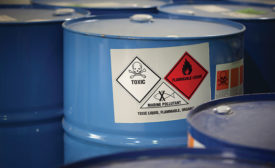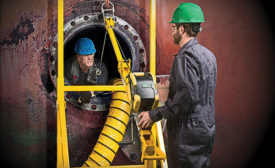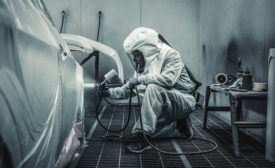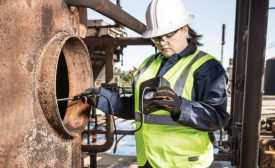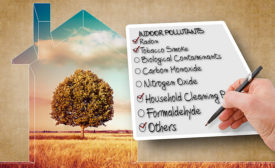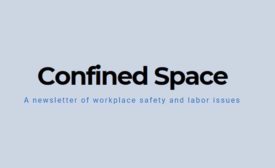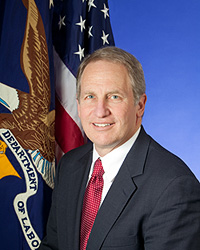Risk Management
Know why and how incidents occur to reduce confined space danger
Creating safer spaces
July 13, 2018
Home Indoor Air Quality (IAQ) assessments present challenges
Today’s indoor generation
July 5, 2018
Predictive analytics: A powerful new tool
Identify at-risk workers & teams for pilot projects
June 19, 2018
Irrigate eyes like medical pros
Introduce the flushing fluid at the inner corner of the eye
June 13, 2018
A Confined Space blog post
EPA rescinds Obama chemical plant protections; puts residents at risk
May 21, 2018
Never miss the latest news and trends driving the safety industry
eNewsletter | Website | eMagazine
JOIN TODAYCopyright ©2024. All Rights Reserved BNP Media.
Design, CMS, Hosting & Web Development :: ePublishing
